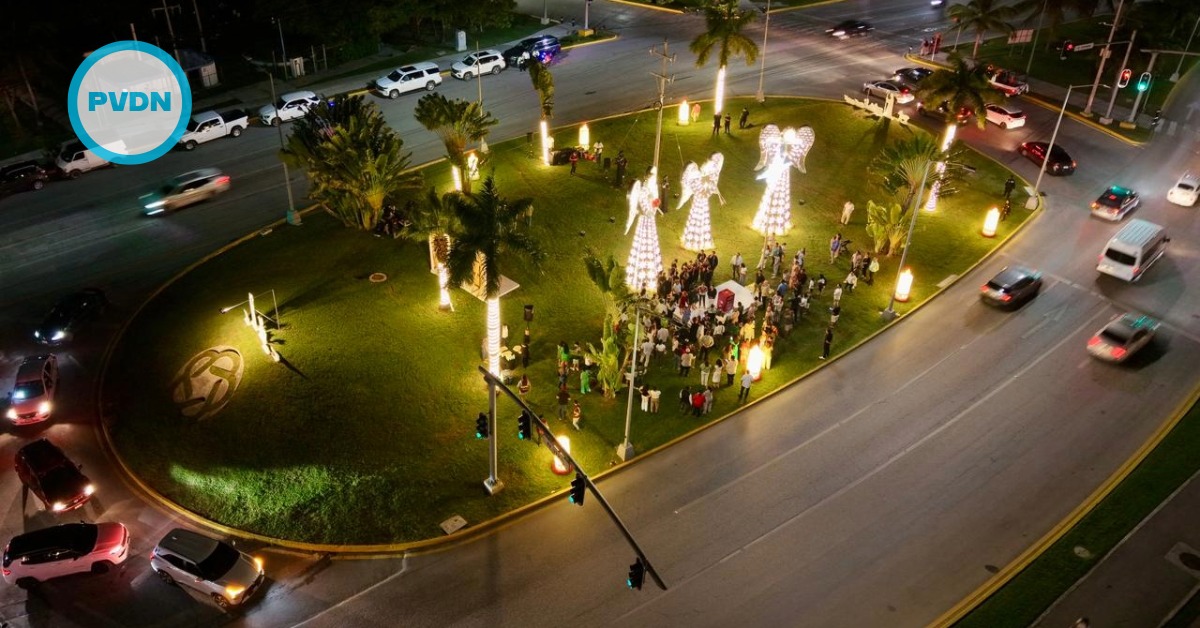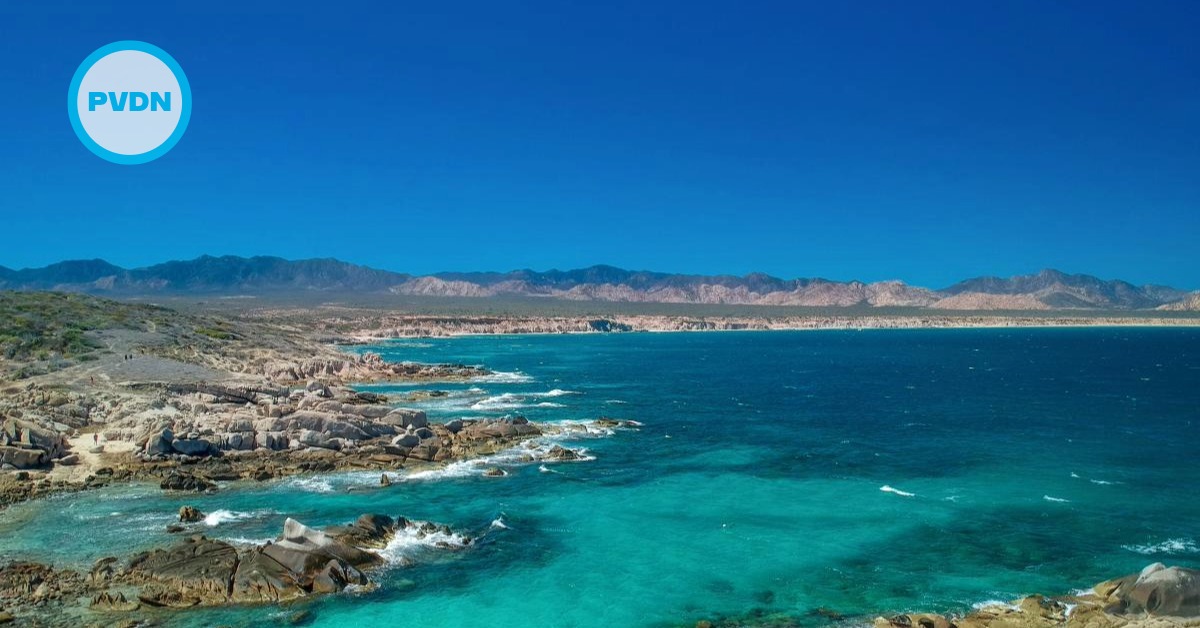As a community health worker, Lopez visits her patients—who are also her neighbors—in their homes at least once a week. Suffering from chronic diseases, they need more support than what a doctor can give in a monthly check-up at the clinic. Lopez offers much more—someone to talk to, friendly advice on diet and exercise, and accompaniment to the clinic for regular visits.
Lopez is one of 26 community health workers, known as acompañantes, trained and employed by PIH’s sister organization in Chiapas, Compañeros En Salud. Over the next six months, PIH/CES is . . .






